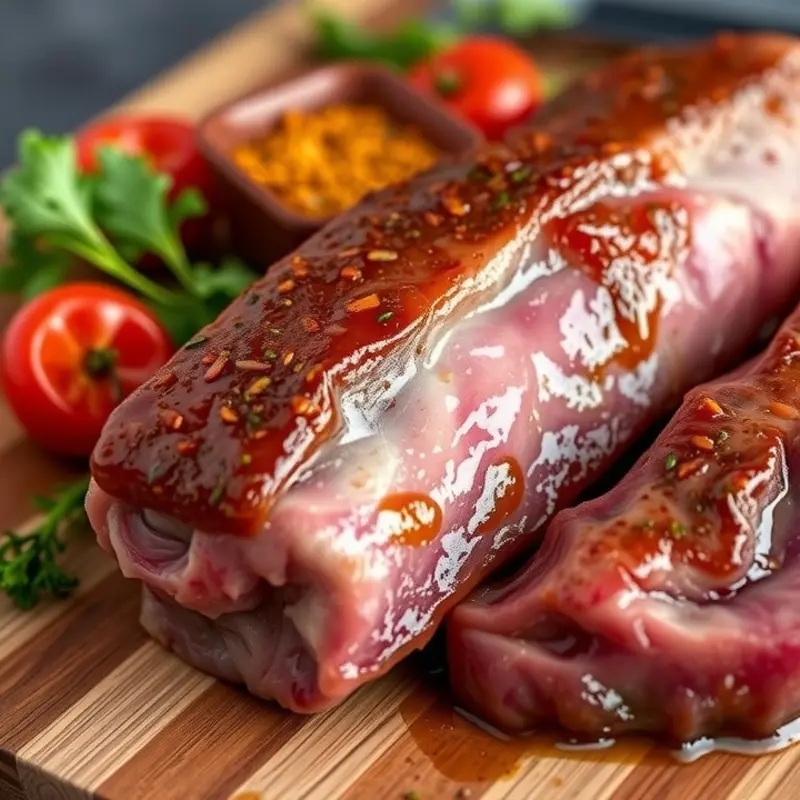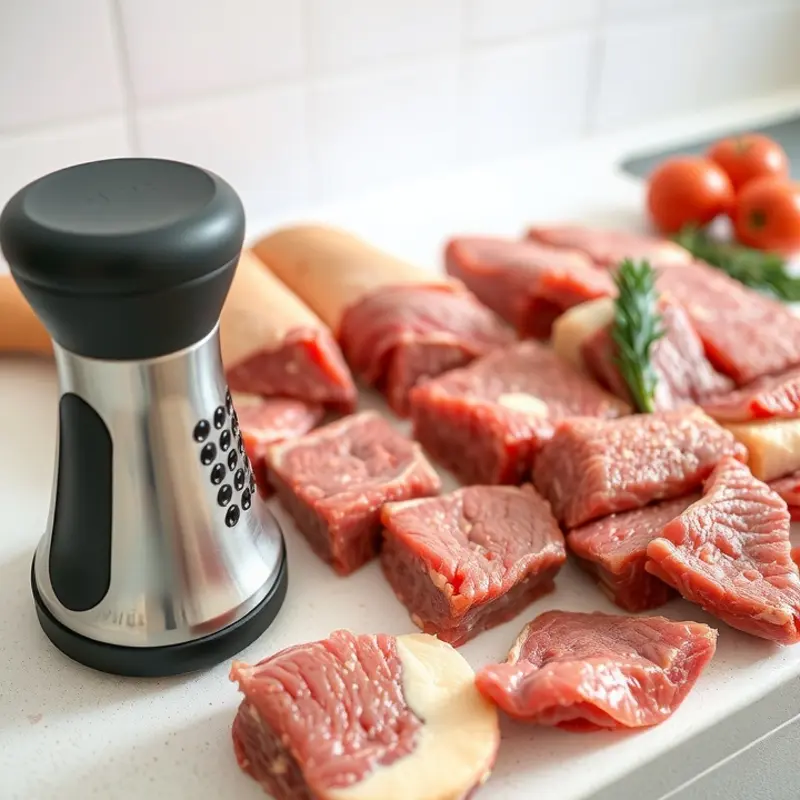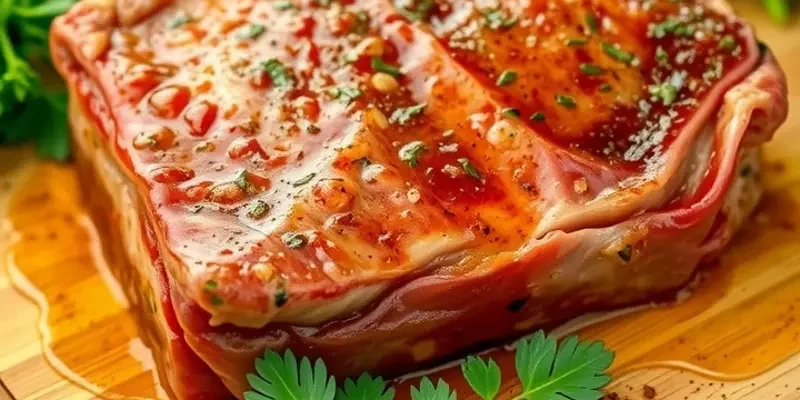Tough cuts of meat can be a challenge for home cooks, often leading to chewy, less-than-ideal meals. However, with the right techniques, even the toughest meats can be transformed into tender, flavorful dishes. This guide offers practical and straightforward tips to help you master the art of tenderizing meats, making your cooking more enjoyable and your meals more satisfying.
Marination Magic: Soaking Your Way to Tenderness

Marination is a culinary technique that works wonders on tough meats. The secret lies in using the right ingredients that possess tenderizing properties. Let’s explore the process of transforming chewy cuts into melt-in-your-mouth delicacies.
First, selecting the appropriate marinade is crucial. Acids like vinegar and citrus juices such as lime or lemon are popular choices. These ingredients interact with the meat proteins, breaking them down for a more tender texture. Balsamic or apple cider vinegar can add an interesting depth of flavor, making your dish pop. On the other hand, the creaminess of yogurt or buttermilk makes them ideal for soaking chicken. These create a tenderizing environment that doesn’t overshadow the natural taste.
For those seeking more than just tenderness, flavoring the marinade is an art. Herbs like rosemary or thyme, combined with spices—perhaps cumin or paprika—infuse the meat with aromatic layers. Garlic is a versatile addition, offering a robust undertone. For an umami hit, incorporating soy sauce elevates the dish, giving it richness and complexity.
Understanding the duration of marination plays a significant role in achieving the desired quality. Tough cuts, like flank steak or brisket, benefit from a prolonged soak—at least four hours is recommended. For a deeper infusion, an overnight marination is ideal. In contrast, tender cuts require less time. A few hours are sufficient to achieve the effect without compromising texture. It’s essential to avoid over-marinating, as it can turn the meat mushy, diminishing its appeal. This highlights the need to respect the recommended timeframes for the best outcome.
Once marinated, it’s time to focus on the cooking process. Always discard the leftover marinade if it has been in contact with raw meat. Alternatively, boiling the marinade can render it safe for use as a sauce, eliminating potential bacteria. This step ensures that the flavors are concentrated and integrated well, adding a perfect finishing touch to the dish.
For those exploring eco-friendly kitchen practices, consider checking out eco-smart kitchen storage, which complements a smart marination process by reducing waste and preserving the freshness of your ingredients.
Using these marination techniques not only tenderizes but transforms your dishes into a flavorful delight. Each step in the process has its role in achieving succulent and savory results.
Mechanical Techniques: Physically Breaking Down Toughness

In the quest for tender meat, mechanical methods offer a hands-on approach. These physical techniques help break down those resilient fibers that often lead to chewy and tough results. The first among these techniques is pounding. Using a meat mallet or a rolling pin, you can gently pound the meat. This action physically disrupts the long muscle fibers, making the meat more tender and palatable. To avoid mess and maintain hygiene, cover the meat with plastic wrap before starting the process.
Next, consider scoring, particularly beneficial for thicker cuts of meat. By making shallow cuts across the surface, you allow marinades to penetrate more effectively. This method not only enhances flavor absorption but also can significantly reduce cooking times. Think of it as a means to weave flavor deep into the fabric of the meat.
Pinching and cutting are subtle yet valuable methods for tackling uneven thickness in cuts like chicken breasts. By pinching and slightly flattening the thicker parts, you ensure more uniform cooking. This leads to a tender result throughout, with none of the dryness often found in overcooked thinner sections.
For thinner cuts, using a fork to poke the meat can prove highly effective. This simple method creates small holes, allowing marinades to seep in thoroughly. It might seem minor, but the cumulative effect on tenderness and flavor is substantial.
When dealing with inherently tough cuts, such as a chuck roast, consider slow cooking. Techniques like braising involve cooking the meat in a liquid environment at a low temperature for an extended period. This gentle approach gradually breaks down tough connective tissues, transforming them into gelatinous textures that greatly enhance succulence and depth of flavor.
These mechanical techniques do more than just tenderize meat – they also open pathways for flavors to infuse, creating complex and layered dishes. By incorporating these tools, your approach to cooking tough meats will elevate, inviting even greater culinary adventures. For further exploration into preparation methods, consider speedy seafood prep to complement your tender meat creations.
Final words
Tenderizing tough meats opens the door to a world of culinary possibilities. With the methods outlined, such as marinating and mechanical techniques, home cooks at any level can transform their dishes from tough and chewy to tender and flavorful. Embrace these tips in your cooking, and enjoy the satisfaction of mastering meat preparation. Fresh ingredients and patience are key components in this process, leading to delicious, home-cooked meals that everyone will love. Happy cooking!







